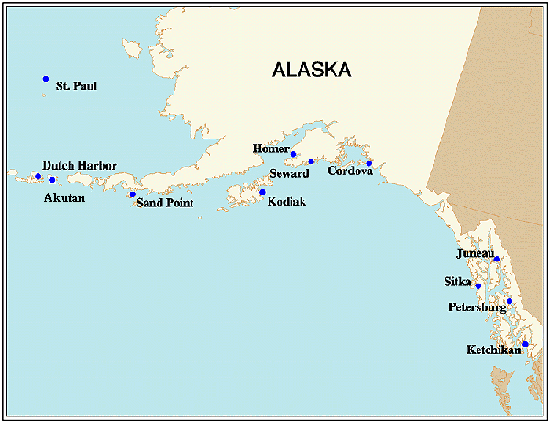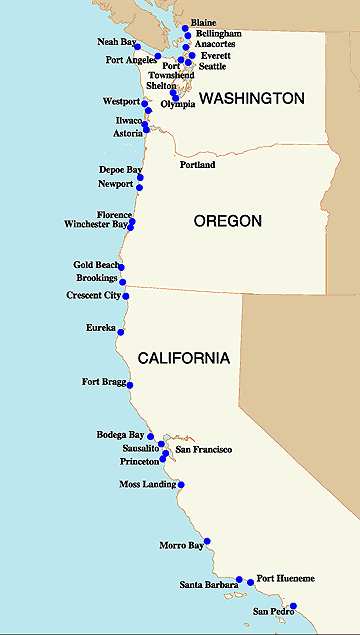Reporting Units
The number of reporting units is not provided for
the entire year. The State uses the number of units in the 4th Quarter for
annual calculations. The number of reporting units is provided for each
quarter.
Combination of Original Data Sources
The last update to this dataset was provided on
September 26, 2000 and contained 1999 Quarter 4 data.
For 1995-1996 data, the Fisheries Economics Data
Program was provided with data two datasets: one with the quarterly data
and one with annual data. The annual data was provided on Friday 11 Dec
and the quarterly data were provided on Monday 14 Dec. These two datasets
have been combined into one for ease of use. 2000 data only
available in annual format. Quarter 4 values are actually annual
values.
Data originally from the annual data are contained
in the following variables: Year, SIC, # Empl_jan, Empl_feb, Empl_mar,
Empl_apr, Empl_may, Empl_jun, Empl_jul, Empl_aug, Empl_sep, Empl_oct,
Empl_nov, Empl_dec, and Earn_ann.
Data originally from the quarterly data are
contained in the following variables: Year, SIC, Earn_q1,Earn_q2, Earn_q3,
Earn_q4, Units_q1, Units_q2, Units_q3, and Units_q4.
Users of this data should be aware that the total
quarterly earnings do NOT sum to the total annual earnings for these
years. This is due to the data being extracted on different dates. John
Haws suggests that the annual data are probably the more accurate of the
two, given that the annual data are created after the quarterly data.
However, the differences are small.


